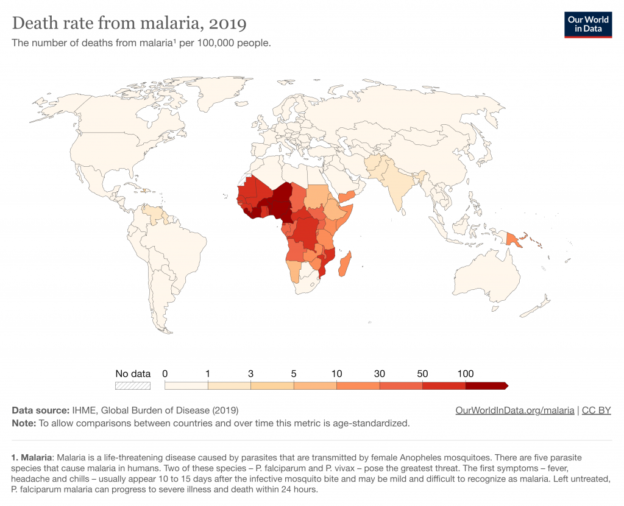Author: Pam Foster
-
Public and Private in an Era of Entrepreneurial Philanthropy: Exploring John Dewey’s The Public and Its Problems (1927/2016) to (Re)conceptualize Philanthropy as a Public
Nonprofit and Voluntary Sector Quarterly, Ahead of Print. In debates about the role(s) and scale of entrepreneurial philanthropy in democracies, scholars discuss the erosion of distinctive public and private spheres and interests, and the replacement of the public sphere. This has occurred at the expense of public deliberation and participation, in favor of the reification…
-
Exploring the Evolutionary Boundaries of Community Business
Nonprofit and Voluntary Sector Quarterly, Ahead of Print. Community businesses contribute to the economic and social well-being of the communities in which they operate. As a subset of hybrid organizations, community businesses have unique challenges and opportunities related to their community embeddedness. Our study adopts an institutional logic perspective to understand the evolutionary boundaries of…
-

GiveWell’s 2023 recommendations to donors
We’re excited about the impact donors can have by supporting our All Grants Fund and our Top Charities Fund. For donors who want to support the programs we’re most confident in, we recommend the Top Charities Fund, which is allocated among our four top charities. For donors with a higher degree of trust in GiveWell…
-
To Pay or Not to Pay? The Effects of Monetary Compensation on Volunteers in Sports Clubs
Nonprofit and Voluntary Sector Quarterly, Ahead of Print. Previous research has shown that monetary compensation can crowd out intrinsic motivation for various activities. However, the existing evidence regarding voluntary work is limited and has produced inconclusive findings in the past. This study aims to address this research gap by investigating how monetary compensation affects the…
-
Book Review: The nature of the nonprofit sector
Nonprofit and Voluntary Sector Quarterly, Ahead of Print. Goto full post >>
-
The Value of Being Nonprofit: A New Look at Hansmann’s Contract Failure Theory
Nonprofit and Voluntary Sector Quarterly, Ahead of Print. In his theory about the role of nonprofit enterprise, Henry Hansmann suggested that nonprofit status provides important information to consumers in low-information environments. In this article, we assess whether consumers use nonprofit status to form purchasing preferences as Hansmann predicted. Using choice-based conjoint analysis, we find that…
-
November 2023 updates
Every month we send an email newsletter to our supporters sharing recent updates from our work. We publish selected portions of the newsletter on our blog to make this news more accessible to people who visit our website. For key updates from the latest installment, please see below! If you’d like to receive the complete…
-

How we work, #2: We look at specific opportunities, not just general interventions
This post is the second in a multi-part series, covering how GiveWell works and what we fund. The first post, on cost-effectiveness, is here. Through these posts, we hope to give a better understanding of our research and decision-making. Looking forward, not just backward When we consider recommending funding, we don’t just want to know…
-
Editors’ Note: Honoring the Legacy of David Horton Smith
Nonprofit and Voluntary Sector Quarterly, Volume 52, Issue 6, Page 1513-1514, December 2023. Goto full post >>
-
CEP2023 Day 3: But for (Effective) Philanthropy
The post CEP2023 Day 3: But for (Effective) Philanthropy appeared first on The Center for Effective Philanthropy. Goto full post >>
-
CEP2023 Day Two: Trick or Treating for Grantmakers
The post CEP2023 Day Two: Trick or Treating for Grantmakers appeared first on The Center for Effective Philanthropy. Goto full post >>
-
How we work, #1: Cost-effectiveness is generally the most important factor in our recommendations
This post is the first in a multi-part series, covering how GiveWell works and what we fund. We’ll add links to the later posts here as they’re published. Through these posts, we hope to give a better understanding of our research and decision-making. Why cost-effectiveness matters The core question we try to answer in our…

